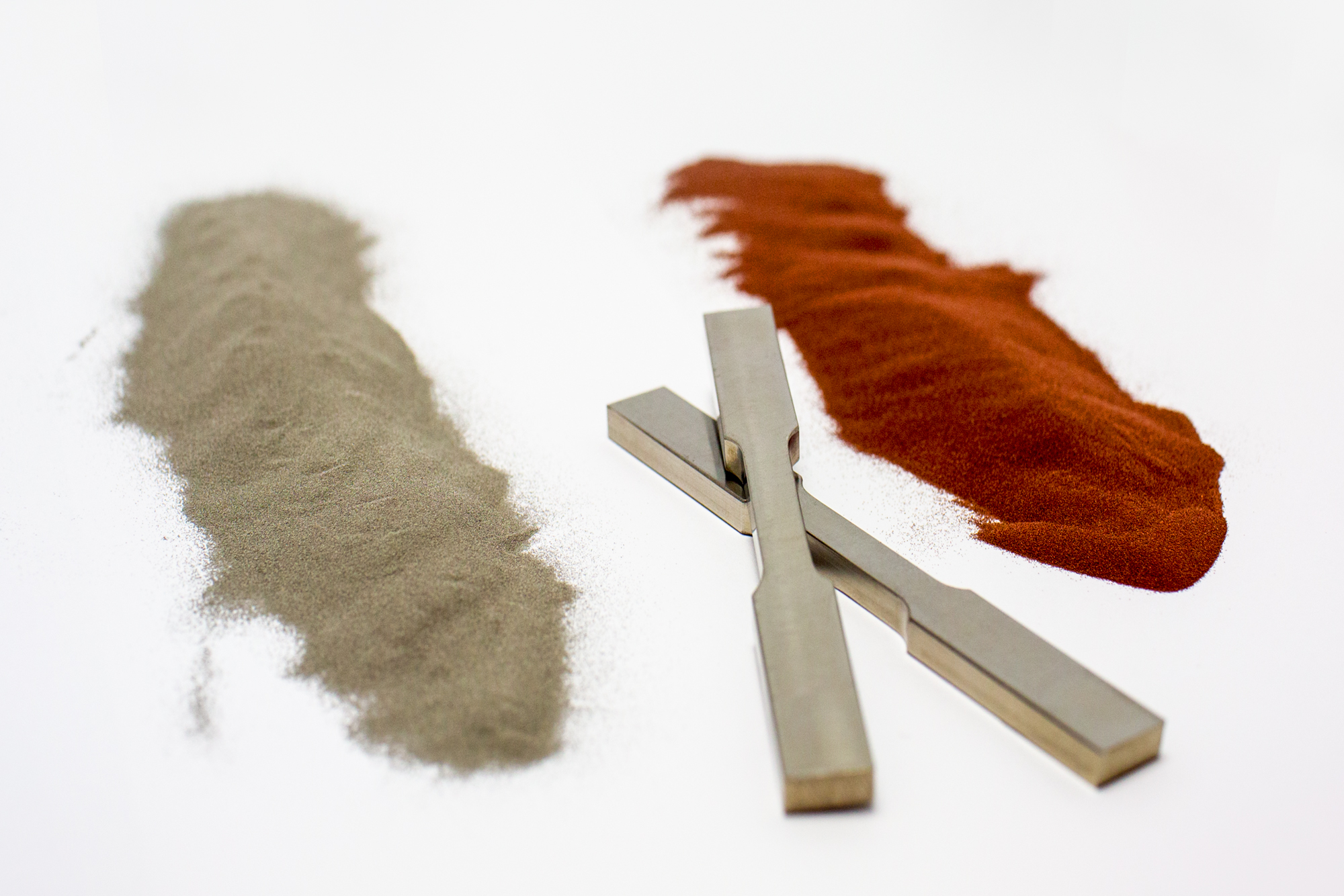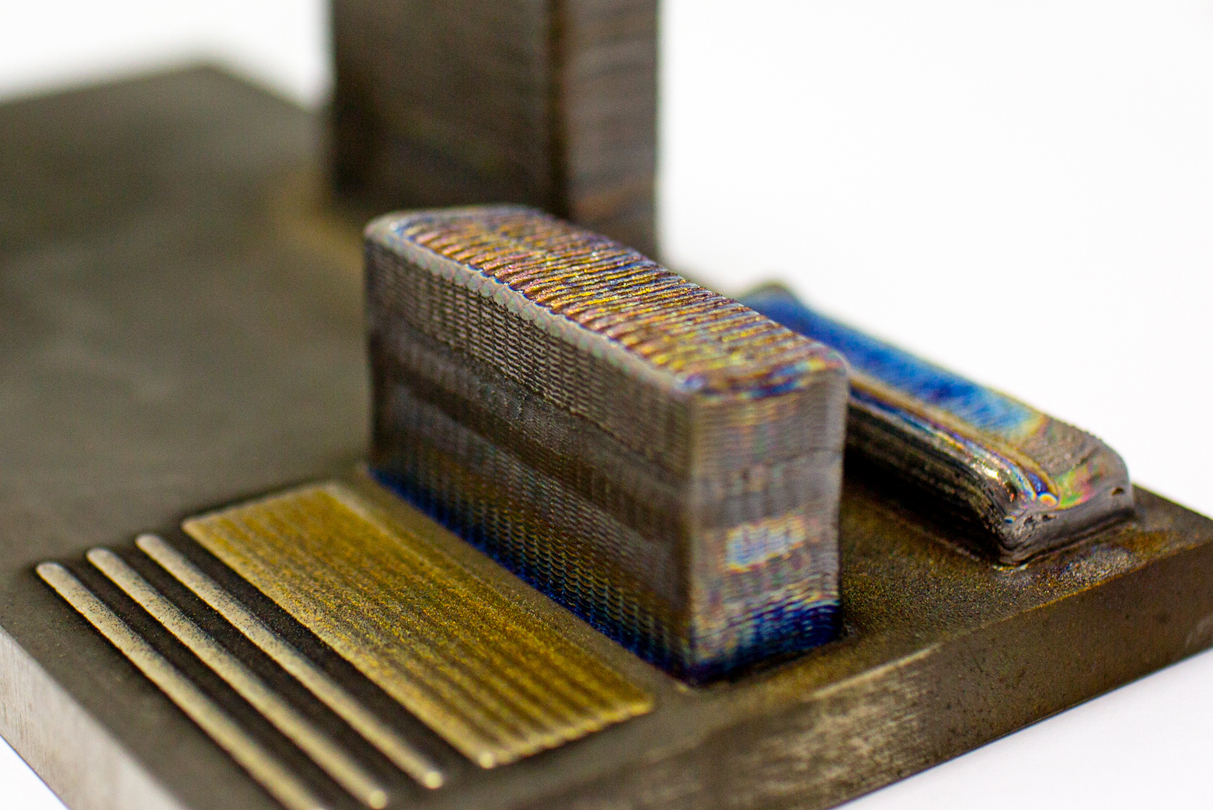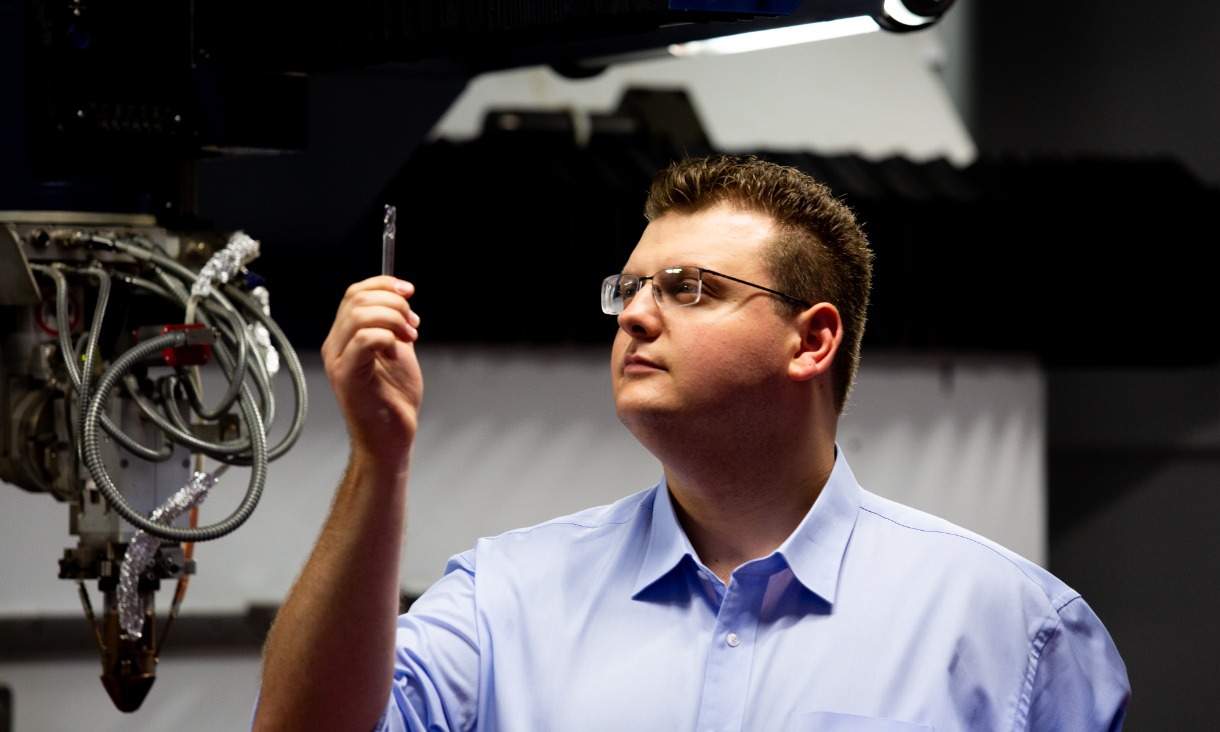Adding copper strengthens 3D-printed titanium, study finds
Successful trials of titanium-copper alloys for 3D printing could kickstart a new range of high-performance alloys for medical device and aerospace applications.
3D printed tools cut titanium, win top innovation prize
High strength cutting tools can now be 3D printed, potentially saving time and money for aerospace and Defence manufacturers.
Eternal flame burns on after RMIT steps in with repairs
A quick response by manufacturing experts has kept the Eternal Flame at Melbourne’s Shrine of Remembrance from going out.
Global 3D printing partnership to boost local manufacturing
RMIT University is partnering with Europe’s leading 3D printing institute to support the transformation of Australian manufacturing.






